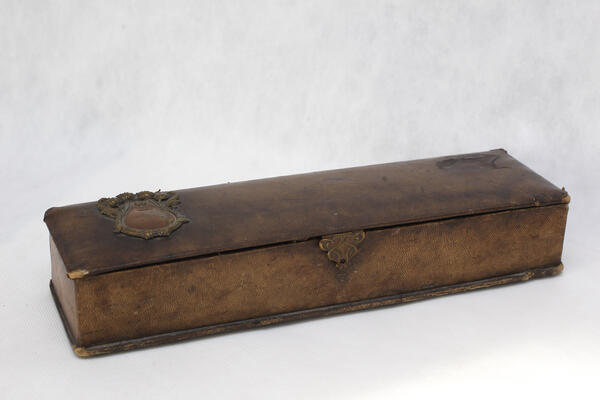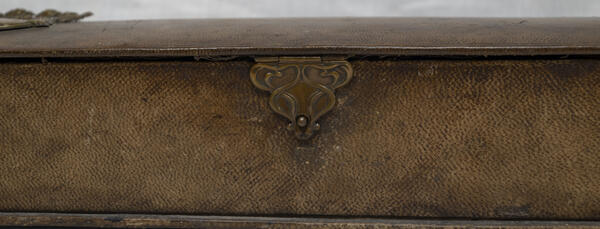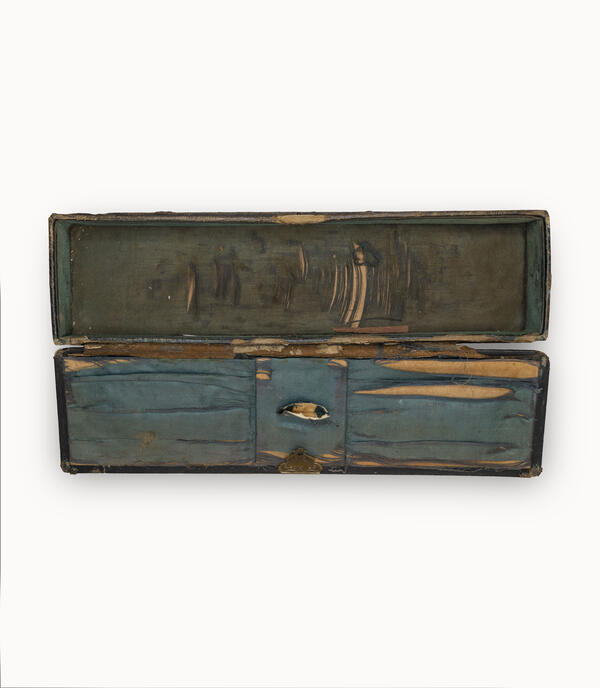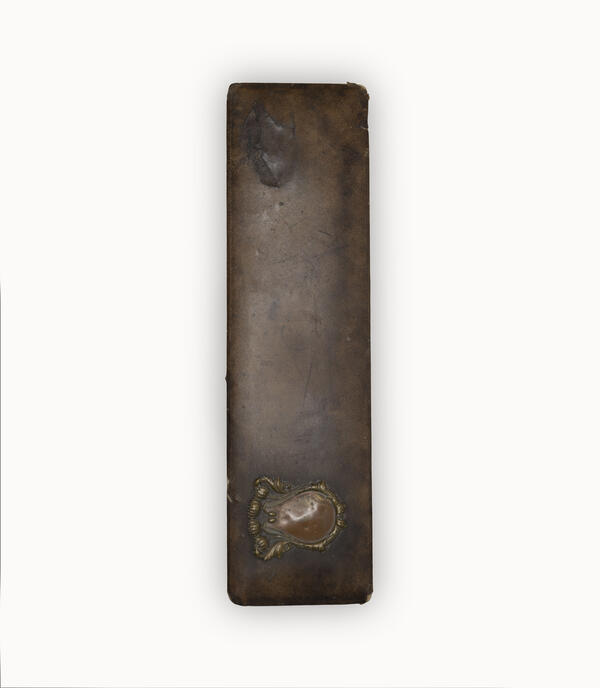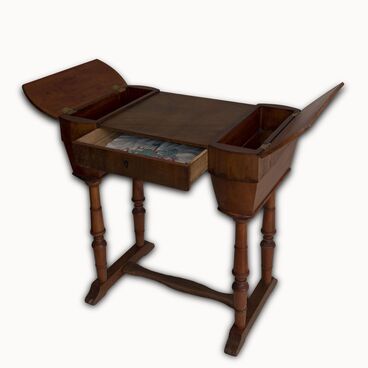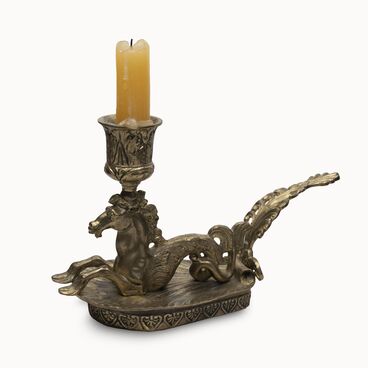A leather-covered needlework box was donated to the Turinsk Decembrists House Museum by a local resident.
Such boxes initially appeared in the Middle East, Egypt, Japan, and China. Excavations made throughout the territory of Mesopotamia and Egypt resulted in finding fragments of wooden chests, richly decorated with inlays and carvings.
With the increasing interest in the exotic culture, Eastern boxes flooded the European market in the Middle Ages. In Russia, large chests borrowed from Byzantium were replaced by smaller boxes only when Peter I came to power.
Before their industrial production was established, all boxes had been made exclusively by hand. They were often made to order according to a buyer’s wishes and budget. Therefore, such items were expensive, and not everyone could afford such a luxury. Oftentimes a box could be more expensive than its contents. Since the Middle Ages, various boxes grew to symbolize wealth and were an object of proud display.
Over time, there were different kinds of boxes developed in addition to chests, such as boxes designed for needlework, strict travel bags, and intricate jewelry boxes that looked like works of art.
When women took up needlework, a need arose to have convenient handicraft boxes. Such items were used to store a wide variety of tools and often had an attractive design, which was a nice addition to their useful functions.
In Russia, needlework reached the height of its popularity in the early 18th century, leading to the appearance of special boxes used to hold scissors with sharp ends, thimbles, needles, threads, and even embroidery hoops. They were packed and taken to social gatherings or on visits, which was a tradition at the time. Noblewomen were taught needlework from childhood. The magazine “Children’s Reading for the Mind and Soul” featured the following words,
Such boxes initially appeared in the Middle East, Egypt, Japan, and China. Excavations made throughout the territory of Mesopotamia and Egypt resulted in finding fragments of wooden chests, richly decorated with inlays and carvings.
With the increasing interest in the exotic culture, Eastern boxes flooded the European market in the Middle Ages. In Russia, large chests borrowed from Byzantium were replaced by smaller boxes only when Peter I came to power.
Before their industrial production was established, all boxes had been made exclusively by hand. They were often made to order according to a buyer’s wishes and budget. Therefore, such items were expensive, and not everyone could afford such a luxury. Oftentimes a box could be more expensive than its contents. Since the Middle Ages, various boxes grew to symbolize wealth and were an object of proud display.
Over time, there were different kinds of boxes developed in addition to chests, such as boxes designed for needlework, strict travel bags, and intricate jewelry boxes that looked like works of art.
When women took up needlework, a need arose to have convenient handicraft boxes. Such items were used to store a wide variety of tools and often had an attractive design, which was a nice addition to their useful functions.
In Russia, needlework reached the height of its popularity in the early 18th century, leading to the appearance of special boxes used to hold scissors with sharp ends, thimbles, needles, threads, and even embroidery hoops. They were packed and taken to social gatherings or on visits, which was a tradition at the time. Noblewomen were taught needlework from childhood. The magazine “Children’s Reading for the Mind and Soul” featured the following words,

